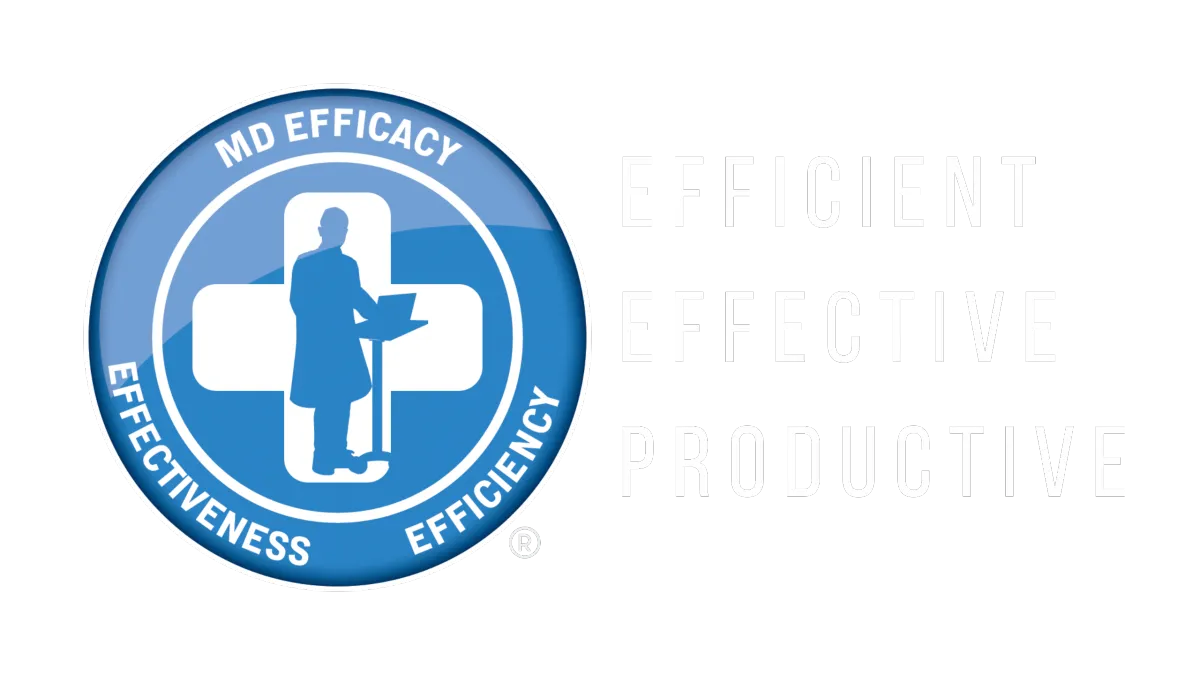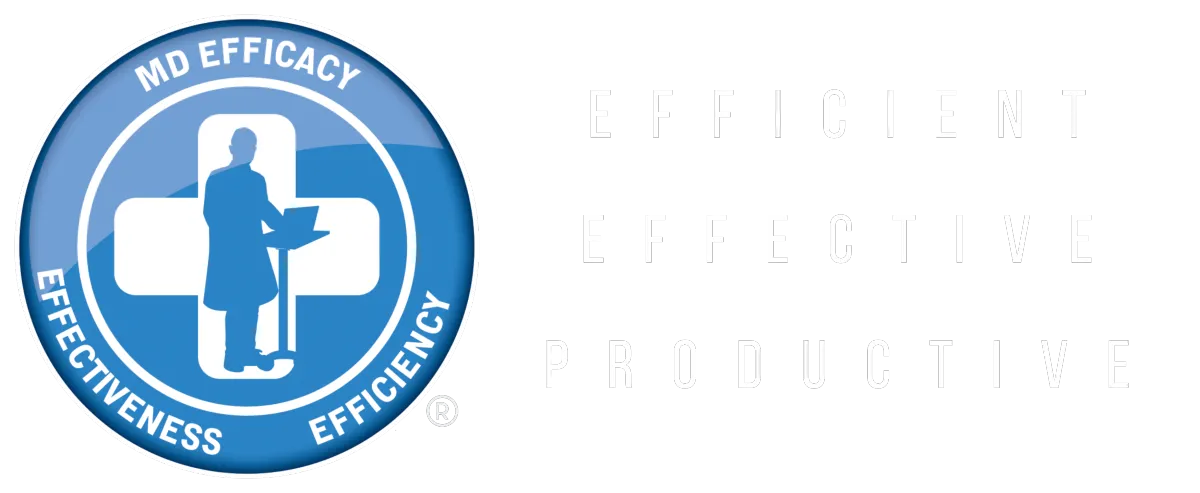Why is Pre Visit Work up a MUST? Physician Efficiency Series
Posted Jan 25, 2025
Today, I would like to discuss three reasons for you as a physician to order pre-visit workup so that the patient leaves with a clear plan and workup that they need to get done before the follow up with you. Hi, I’m Mike Morkos. I am an endocrinologist practicing in Indiana, I would like today to share some thoughts about ordering work-up to be done before the follow up visit. After these 3 reasons, I would like to share with you as well real time data and some research on the importance of that concept.
Number one, is easier in-basket or inbox. The inbox is a nightmare sometimes for physicians who have clinics, and we often get overwhelmed by these messages. When you order work-up to be done before the follow up visit. It can save you precious follow up time and sent messages. Whether you send the message to your triage nurse to call the patient or you yourself send them my-Chart or portal messages, or you ring that phone and call the patient with results and discuss
the plan. This can save you that precious follow-up time. Because when the patients get the labs and imaging studies and whatever work-up you need before their follow-up visit, you're going to discuss them during that visit. And all of these labs and imaging studies, you're going to get through them at that time. And the patients will understand that these labs and imaging studies gonna be discussed during the visit. This can save you tons of time. And the second point
under that concept of the in-basket is that there are predictable messages and prescriptions, the patients are going to ask based on these labs and imaging studies. And when you get the work-up done before the visit, you expect that this predictable time will decrease drastically because you gonna have everything discussed during the visit. That was the first point, the easier in-basket.
The second point that the visit with the patient is going to be a high value visit. It would not be social time asking how they did in their life, but you are discussing the details, the plans, the concerns of the patients during the visit and when you had the results available, you yourself are going to have a clear plan.
If things are going well, things are beautiful and you can give reassurance. If things are not going well, then you can discuss all of the concerns at that time during the visit. So you are making the most out of the visit with the patient, and the patient also is making the most out of that visit. It gets to be very important.
And also when the patients leave your visit, they have a very clear plan. And if you like writing the patient instructions so that they have it written with them in the after visit summary you're going to have that chance as well. So you made the most of your time and the patient made the most of their time as well. Added to that if you are planning to change a script or to send a new script, you can do that during the visit.
You are saving yourself or your staff time of sending these scripts. Furthermore, if you are planning to order labs before the next visit and these labs may change based on the results you are getting. You can order these labs during the visit because you have everything available. Let me highlight something: the most expensive thing in our overhead is the manpower and nurses are not cheap.
If you are using the time of your nurse to call patients with results, you may be wasting that time and wasting your money in that time. Make the most out of it. And the last part in this point is determining the timing of follow up. For example, if I'm seeing the patient with hypothyroidism and the patient is well-controlled and they have been well-controlled for a while, I may space out their follow-up to like six months.
On the other hand, if they were doing well, but this time things are off. I may decide to see them back in two months instead of telling the patient, you know what we're going to determine, your follow-up after the labs they will get, and then you have to follow up on these labs and send them a message
or call them and then reach out to the front office to determine when they are going to follow up. You can save all of that if they got the labs before their visits, you're done. When they leave, you know exactly when you are planning to follow up with them and when you order your future labs, you can also time them to align with that time.
We talked about two weeks before the easier in-basket or inbox, and the second is focused high value visit. The third point that we talk about today is minimizing the frustration. If I am in your shoes, I will clearly convey to the patients that the labs to be done before the visit are expected to be discussed during the visit.
So if you got them done in like a week or two earlier, they should not expect that you are going to send them a message or call them, and discuss these labs. They're going to be discussed during the visit. Now this on you to let them know about that and clarify it clearly so that you minimize the frustration.
And then the second thing, I'm not sure if you are aware about that or not, but now patients get instant notification whenever a result is out. And they gonna definitely get to the labs and imaging studies if they have portal access before you. So clarifying the expectation is crucial. Second part is if you order the labs after the visits, expect the patients getting the labs soon that they can send you messages.
They can call for office. They can request you to follow up on these labs immediately after that, you need to be on top of your game because this can significantly increase the frustration of patients. Because if I'm the patient and I got labs and these labs showed significant abnormal results, or imaging study showing significant abnormal results, I would like my physician to get back soon with me about them.
And if they didn't get back within what I consider as a reasonable time, I will send a message or I am going to call my physician about that. So you don't want to be in that situation, and you want to minimize the patient frustration, and your turn can this is that you want to keep the patients happy and also your in-basket to be less of a burden with predictable messages or communications from patients when you can avoid them.
So again, to sum up all of that, my advice for you is do the work during the visit and order everything to be done before the follow-up visit and convey all of that to the patients, to get everything done before their visits, and clarify that this workup is going to be done before the visit, and they need to get it within a reasonable time-frame, which you need to decide based on
these labs. You know the lag time for these labs or imaging studies to be reported and come back. And that’s what you want to tell the patients and clearly instruct them about it. Now, to the point when I told you about the study, I did. So actually in our practice, we did a study to see in patients with newly diagnosed Graves’ disease.
And these patients tend to be more demanding and need more frequent follow ups and ordering labs before the visits saved around 50% of physicians’ time on predictable work up in between the visits and this is significant and huge. So, give it a try and try it in your practice. Don’t jump to results. It can take 2 to 3 months just to see the impact of what change you made.
Be patient and persistent and it can take you a far way. And thank you for watching.
MD Efficacy © 2025, All Rights Reserved.
By visiting this page, you agree to Terms of Use, Privacy Policy, & Earnings Disclaimer.

